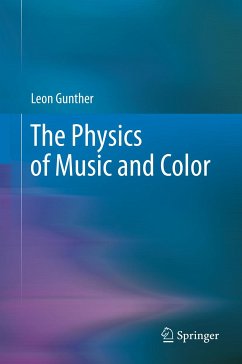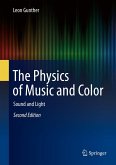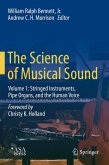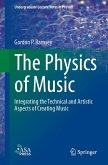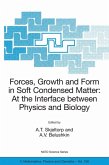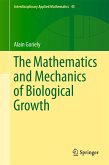Topics that are unusual for a book at this level and breadth include: a detailed non-mathematical summary of the principles of electricity and magnetism with the goal of understanding the basis for various audio devices as well as the physical essence of light and how it propagates as a wave; extensive details on the calculation of color coordinates from a spectral intensity with different choices of primaries; the relationship between color coordinates on a computer and the color seen on a monitor. References to recent developments include the connection between the blueness of the ocean and the psycho-acoustic perception of combination tones in a sound wave. A major goal is to provide an understanding of basic principles, both conceptual and quantitative, that will allow the reader to have increased awareness of audial and visual experiences and to understand phenomena not discussed in the book.
ThePhysics of Music and Color is written at a level suitable for college students without any scientific background, requiring only simple algebra and a passing familiarity with trigonometry. It contains numerous problems at the end of each chapter that help the reader to fully grasp the subject. The book can also serve as a reference of basic principles for those involved in sound production and color management.
About the Author
Leon Gunther has been on the Physics Department faculty at Tufts University since 1965. He got his PhD in Physics from MIT in 1964 and has published over 100 articles, the vast majority being in the field of Condensed Matter Theory. Having begun studies of the violin at the age of seven, he has played in numerous Community Symphony Orchestras, most notably the Newton Symphony, where he was the principal second violinist for ten years, from 1974-1984. In 1994, he founded the community chorus of Temple Emunah in Lexington, MA, known as the Mak'haylah. Programs include music of a wide range of genres - folk, liturgical, and classical. His compositions and arrangements include Hebrew renditions of three movements of the Brahms Requiem.
Dieser Download kann aus rechtlichen Gründen nur mit Rechnungsadresse in A, B, BG, CY, CZ, D, DK, EW, E, FIN, F, GR, HR, H, IRL, I, LT, L, LR, M, NL, PL, P, R, S, SLO, SK ausgeliefert werden.

